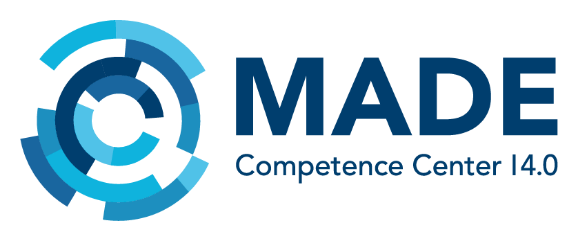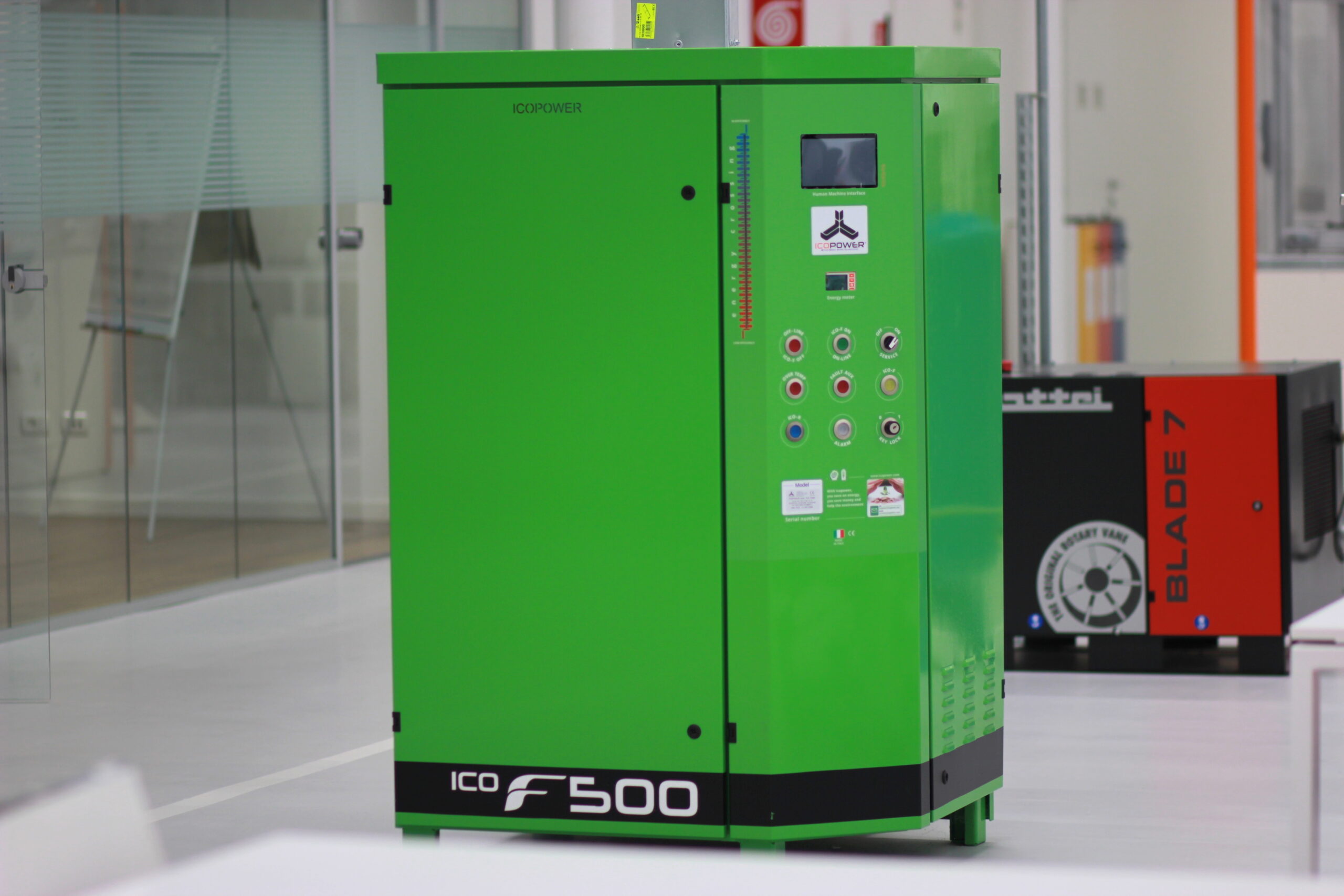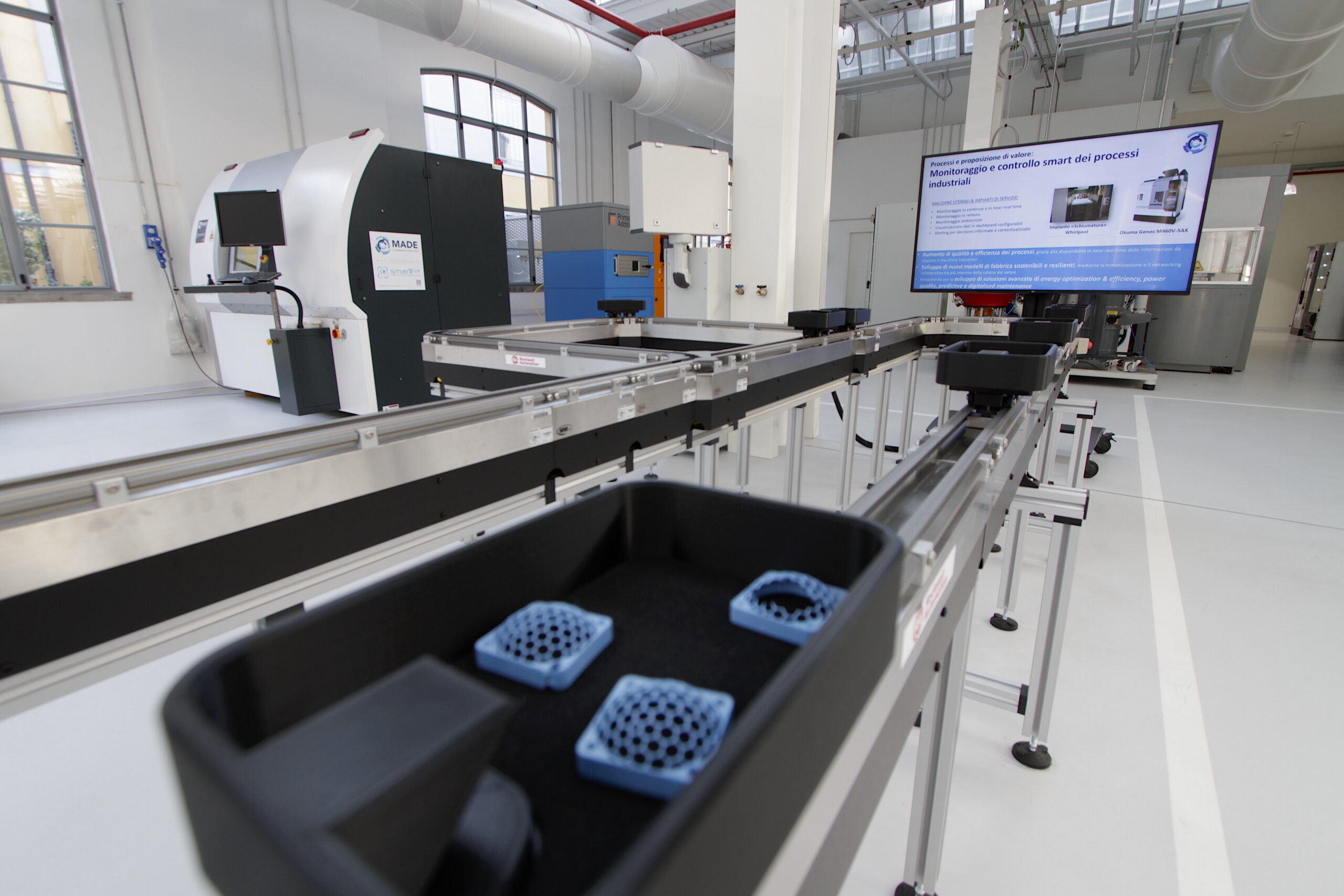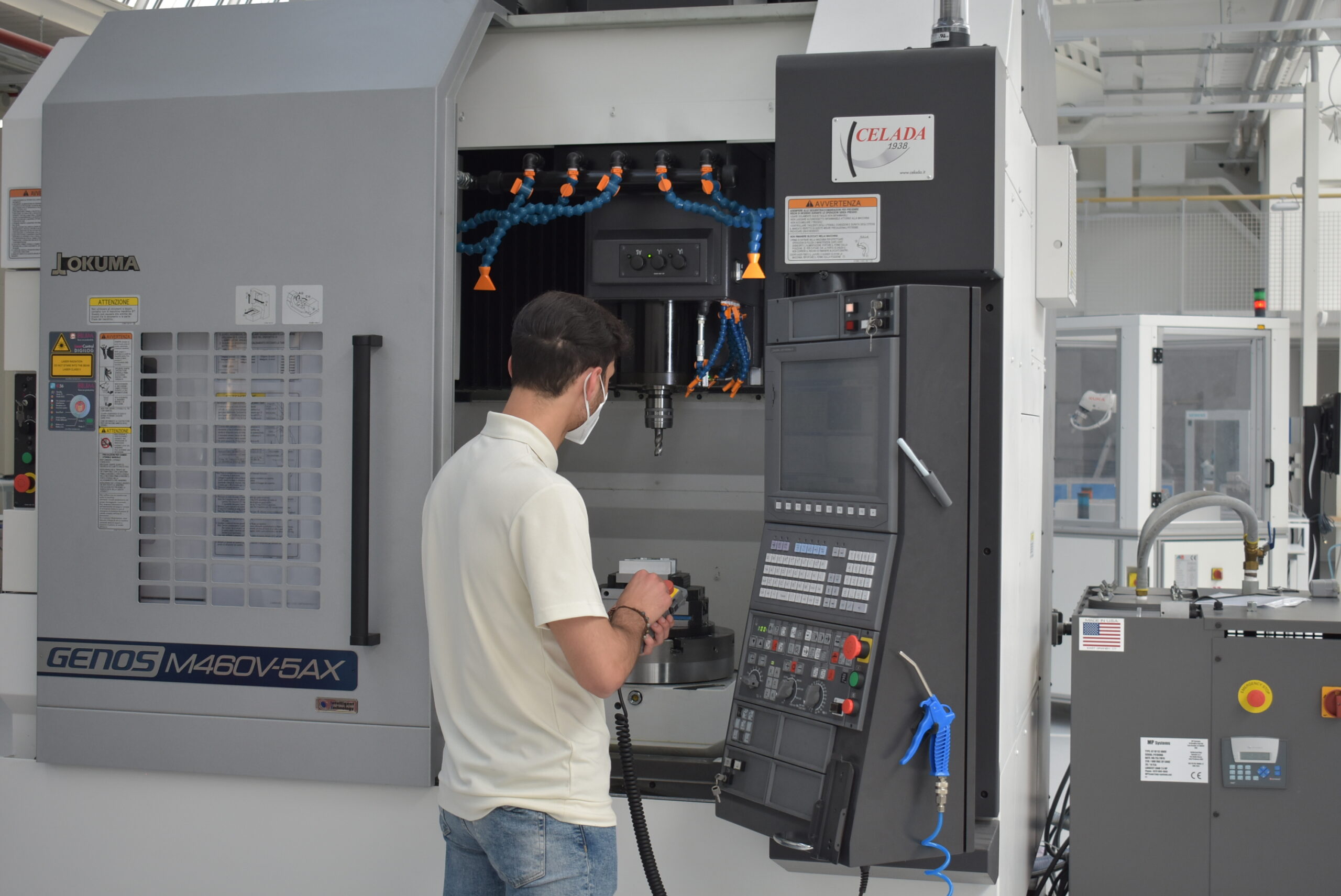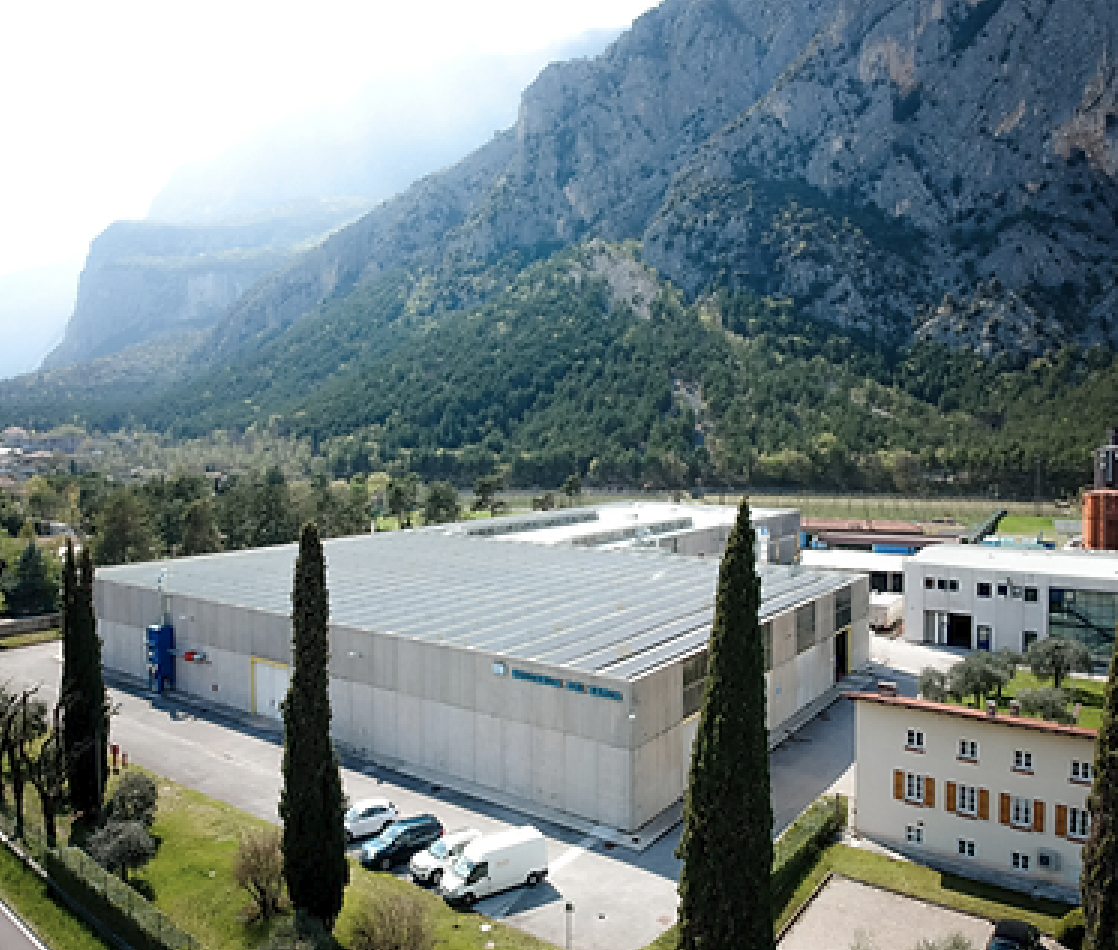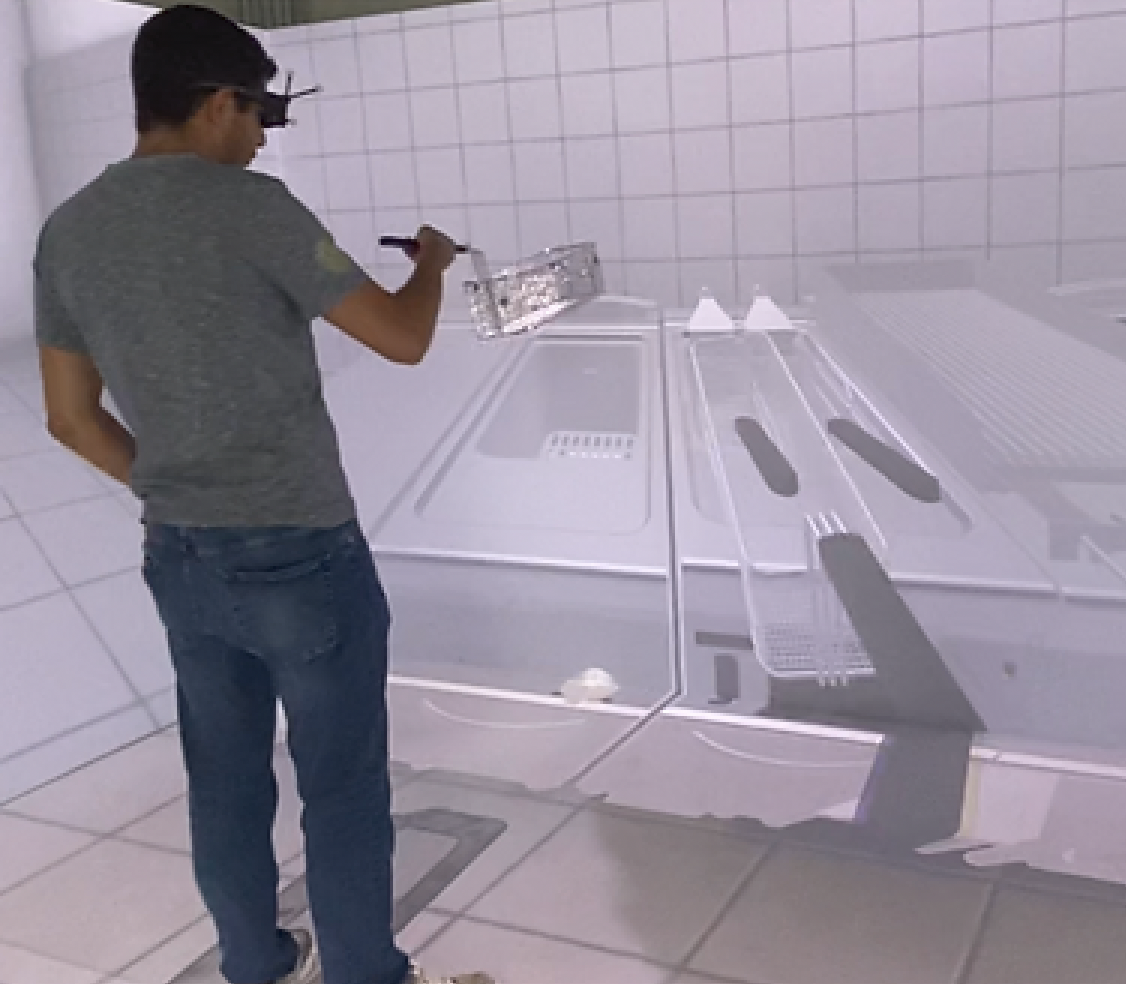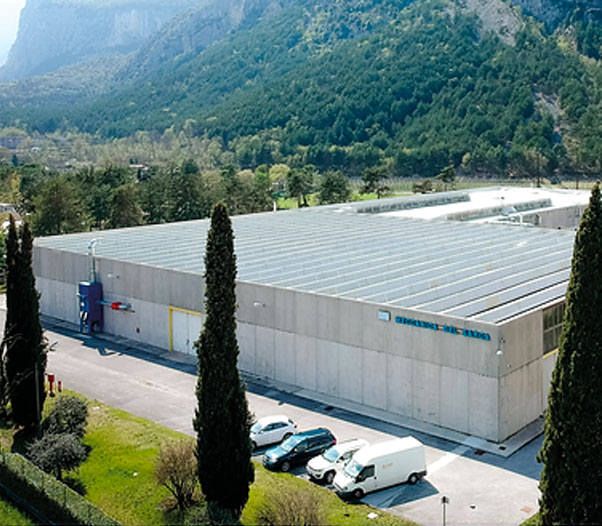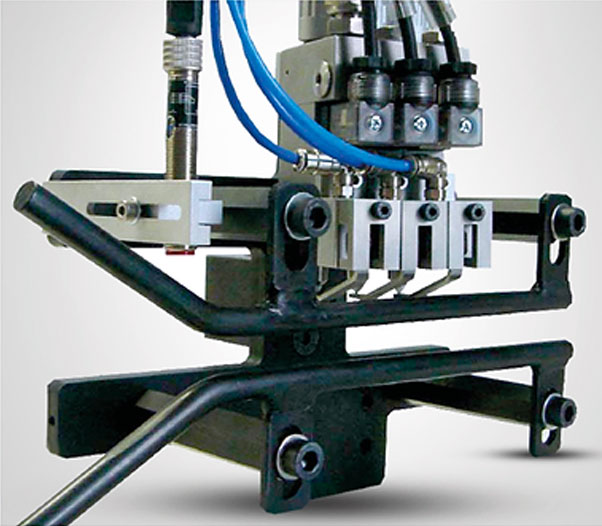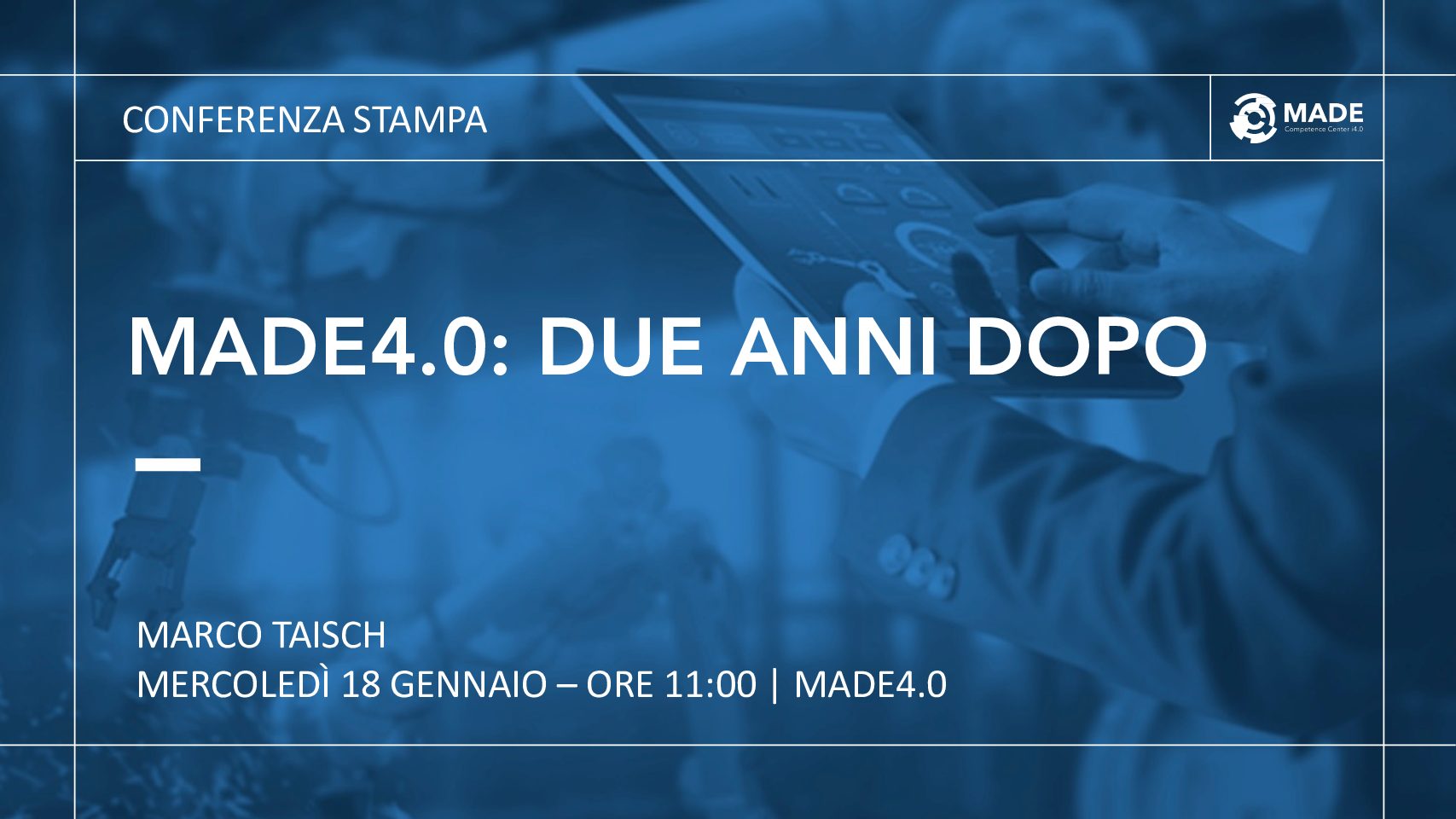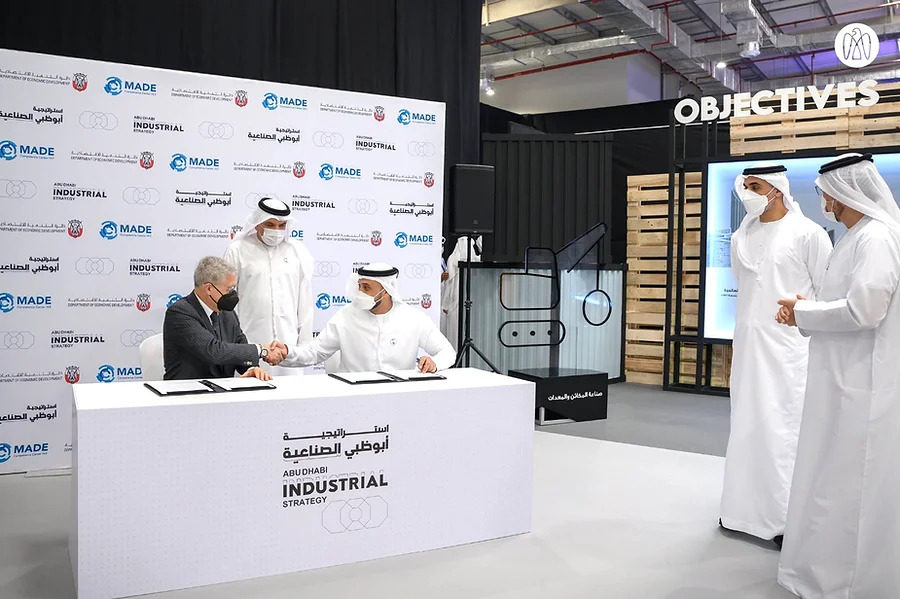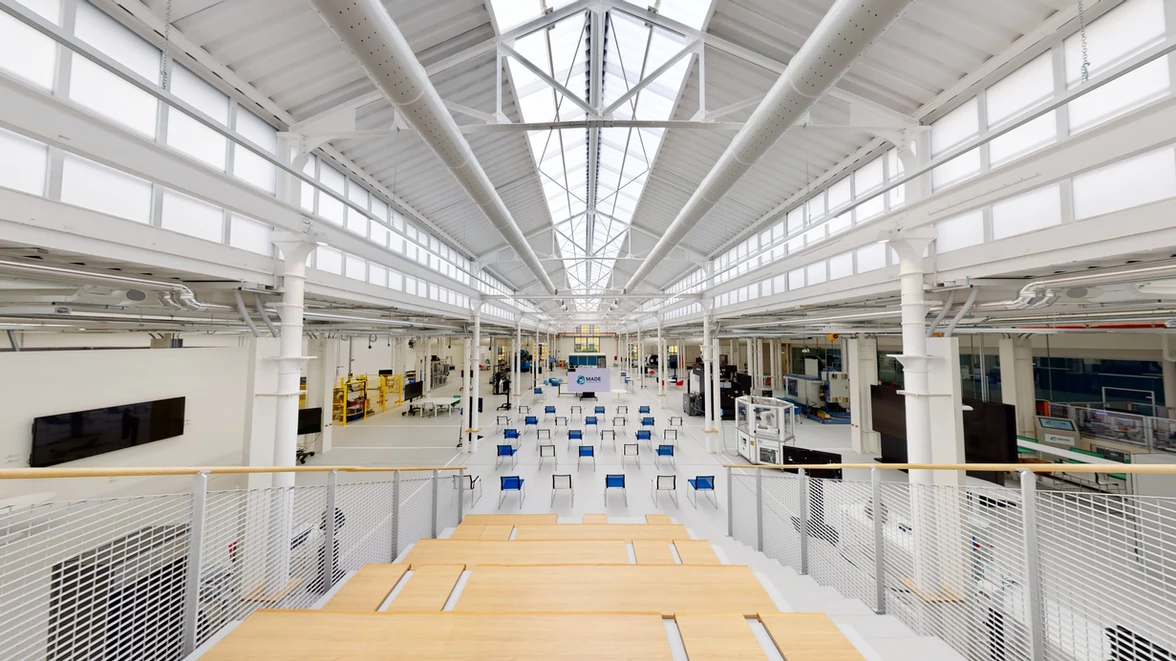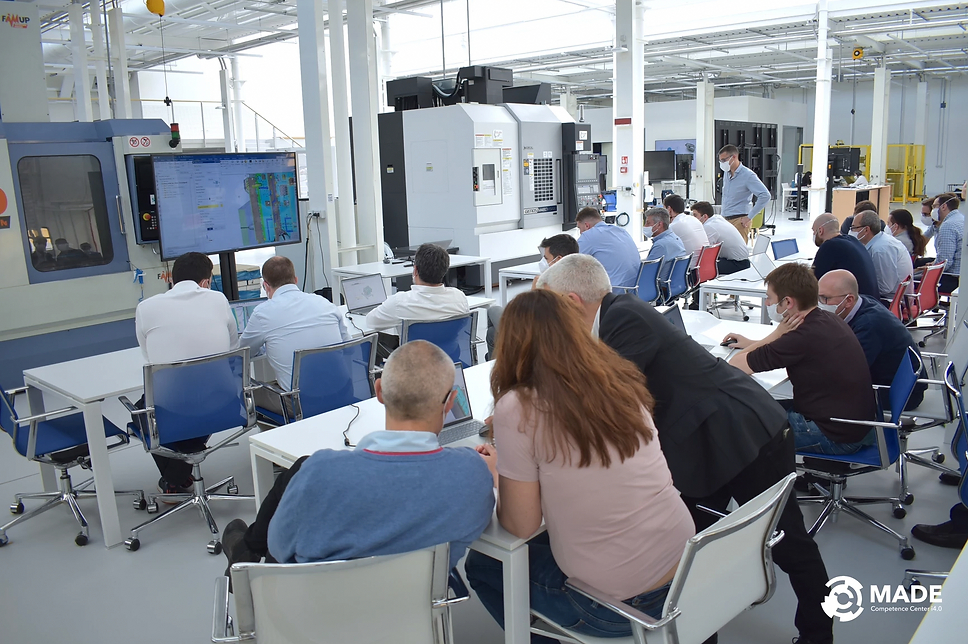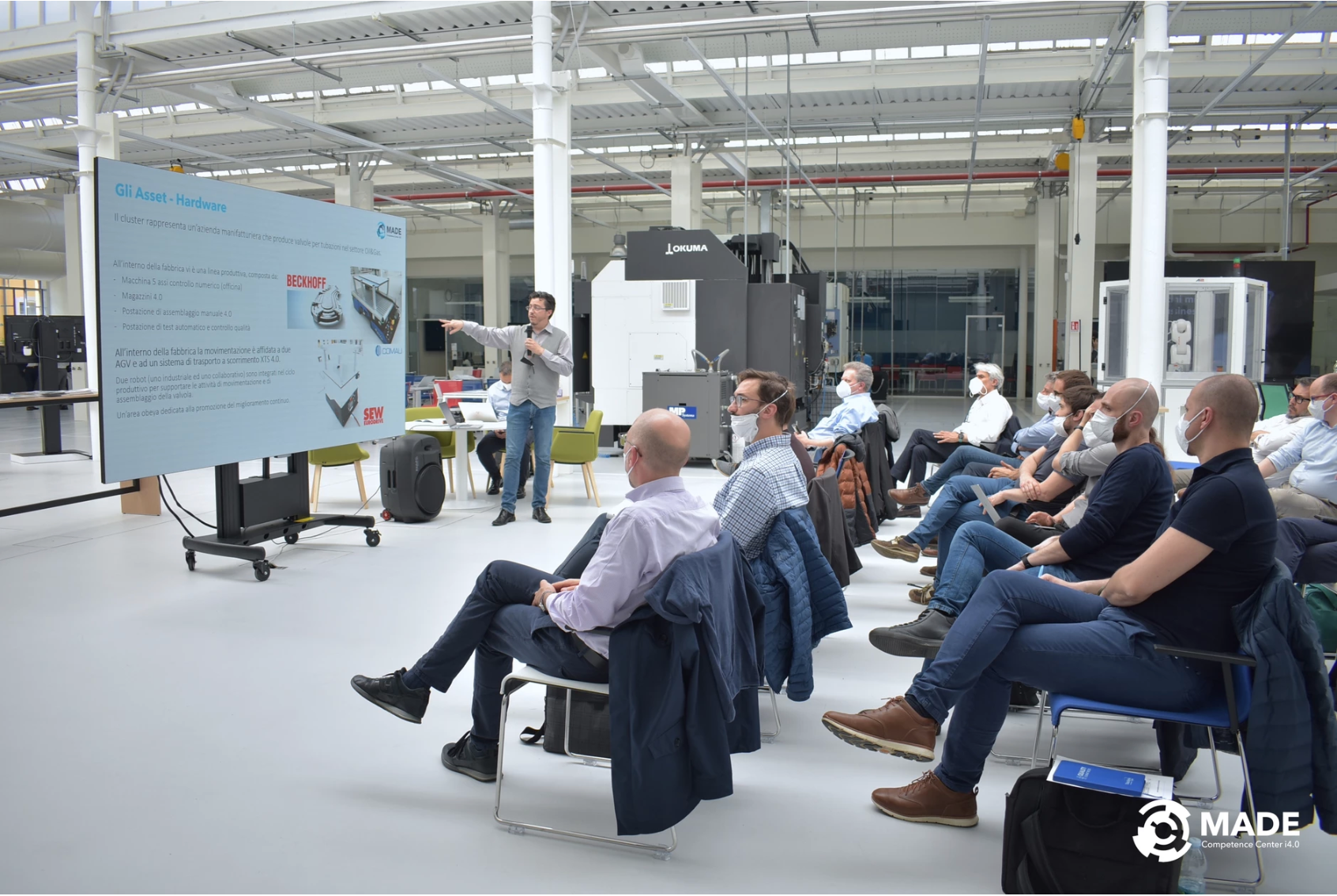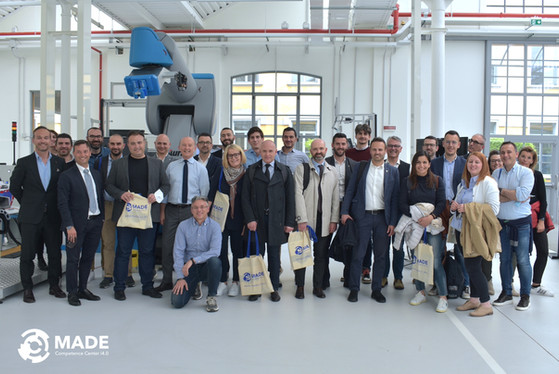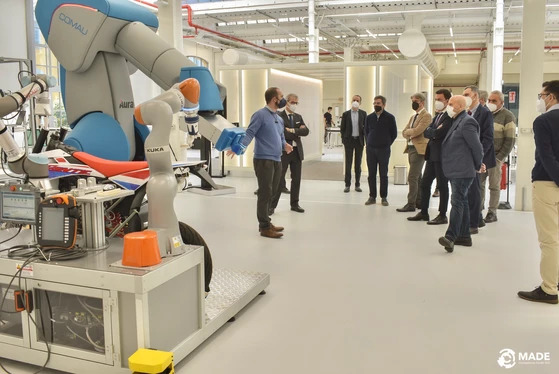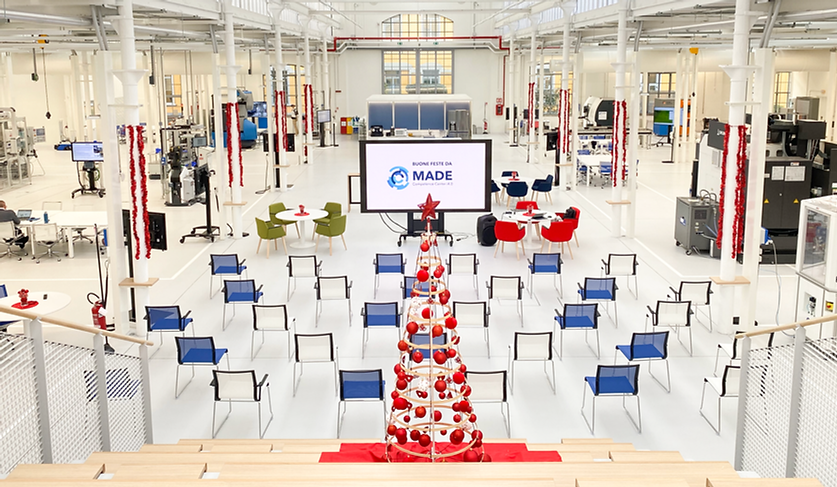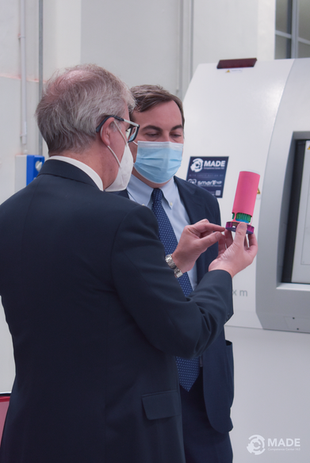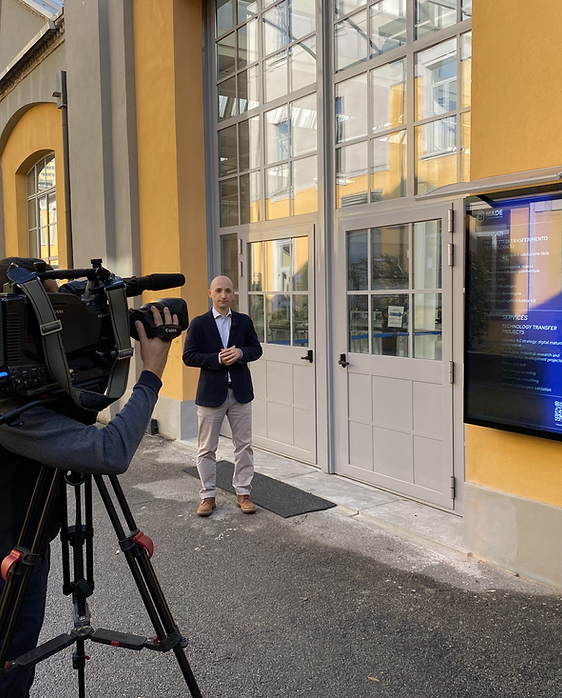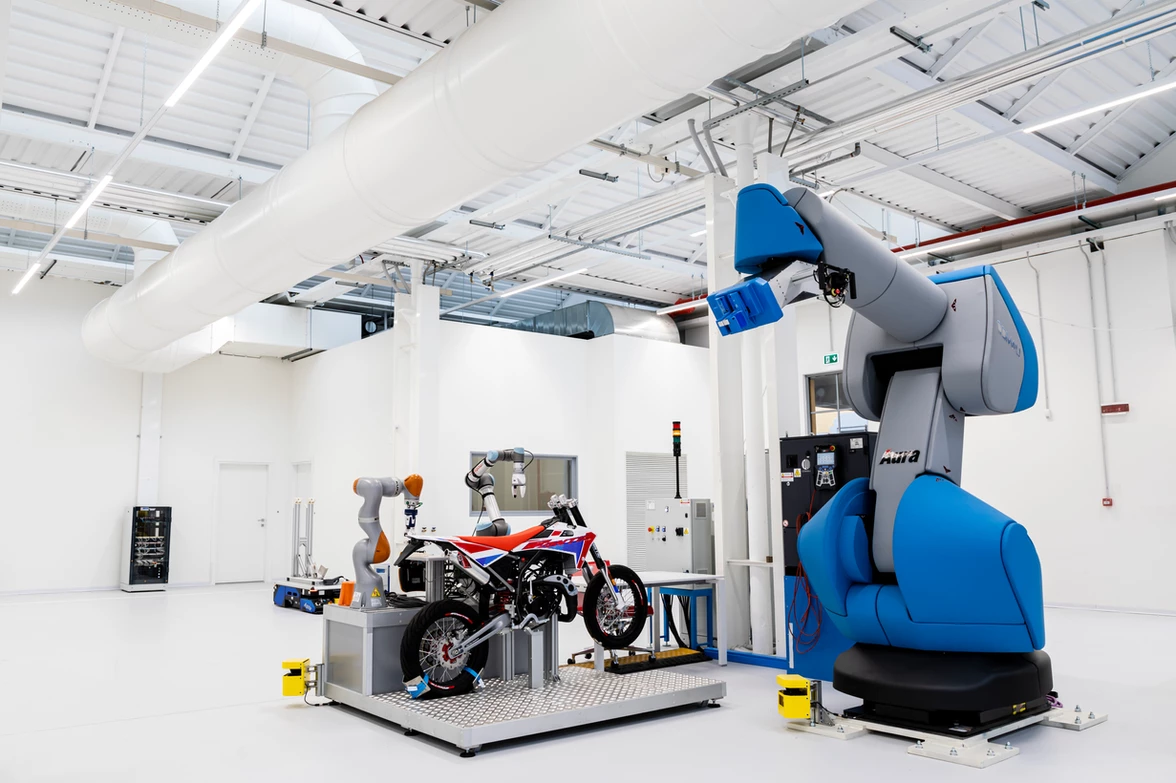Quality 4.0
The digitization of manufacturing supports a new way of making complex, customized products that are designed and sent to production on-demand (where and when needed). This enabling of customization, even mass customization, requires a major paradigm shift in the way quality is designed, managed, and controlled. The typical quality control tools used in repeat production, with large batches and an even very long training phase, can no longer be used. If each time the manufactured product is different, customized, destructive checks must be avoided and information shifted from the product to the process through the use of signals, videos, and images collected in real time to monitor the manufacturing “story” of the object as it is produced.
Added to this is the significant potential emerging from the new generation of inspection tools borrowed from medicine, such as computed tomography, which is emerging as the standard for many complex products and an enabling technology for inspecting the whole new range of products made through additive manufacturing. Computed tomography also becomes an enabler for the inspection of internal porosities, which are particularly relevant for high-performance mechanical manufacturing products (aerospace, tooling, automotive,…). This area has a tomograph capable of inspecting large dimensions and significant thicknesses, so that visitors from high value-added sectors (precision mechanics, aerospace, space, biomedical) can be guided in evaluating nondestructive testing opportunities for complex products.
Context Usage
Shift from (simple) information related to product quality to (rich and complex) information made up of process-related signals, images, and videos: the “process signature” as a pivotal element in predicting the quality of the manufactured product. This shift affects all manufacturing and production sectors.
Benefits it offers from a 4.0 perspective
- New possibilities for product and process qualification, even in the presence of highly customized, one-of-kind, small batch production and products characterized by a new level of complexity
- Product and information travel hand in hand, allowing the entire production history of each individual component to be characterized, enabling new capabilities for improvement and efficiency across the entire value chain
- New capability for automated inspection and quality characterization of products for which traditional inspection and quality control paradigms are not applicable.
